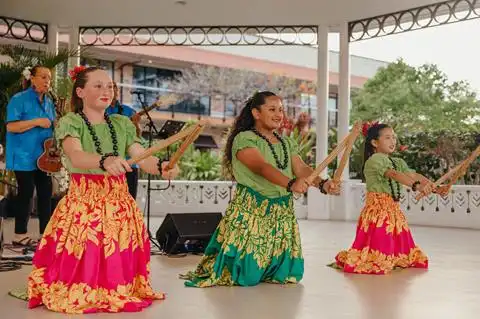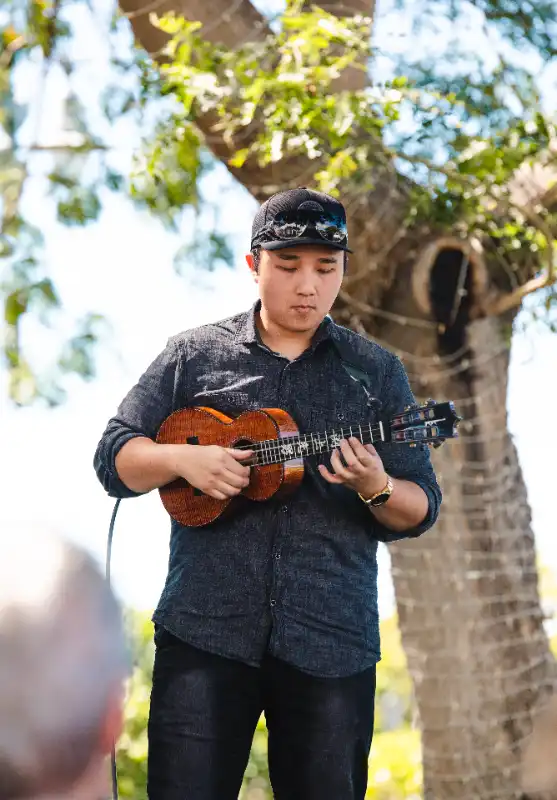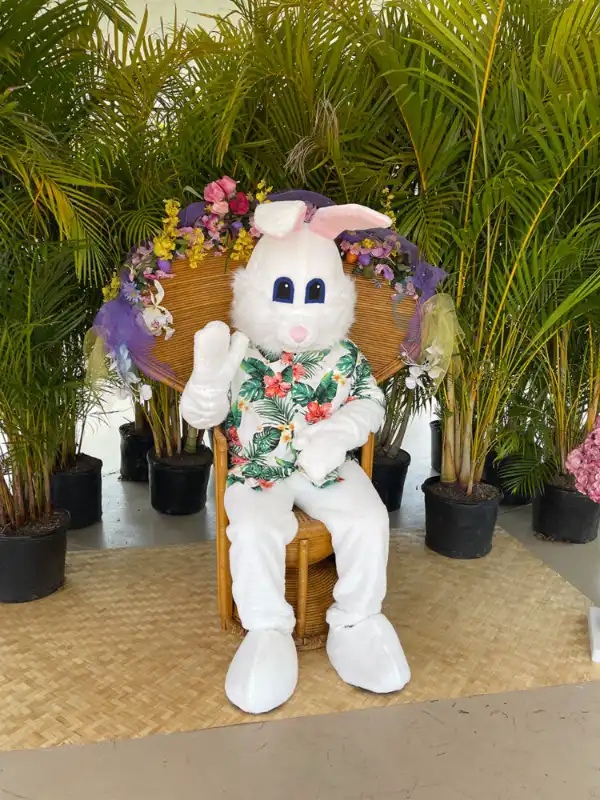One Scoop or Two?
One scoop or two? White, brown or “hapa?”
Rice is a local food staple served at practically every meal here in Hawai‘i. Hapa rice is a mixture of both brown and white rice.
All types are sometimes served with a little shoyu (soy sauce) poured lightly over it or sprinkled with furikake (flavored Japanese seaweed sprinkles).
So how did it arrive here in the islands?
With the arrival of the first Chinese immigrants to the islands to work on the sugar plantations, a demand for rice instead of poi arose, leading to the production of rice in the islands around the early 1860’s.
At one point in the late 1800s, Hawai‘i more than 10,000 acres of rice were being grown. Sugar was the only other crop to surpass it.
It is unknown exactly when Chinese immigrants started growing rice in Waipi‘o Valley. But by the late 1880s, the lower sections of Waipi‘o Valley were described as having “immense tracts of rice lands.”
A group of Chinese rice growers in the valley joined forces to build a rice mill down in the valley in the late 1890s and water buffalo were brought to Hawai’I from Southeast Asia to help ease the burden of labor involved in the cultivation of rice.
The last harvest of rice from the valley took place in 1928, because rice was being imported from California. Hawai‘i’s labor-intensive processing could not compete with the mechanized technology in California.
It is also worth noting that rice production declined with the arrival of the Japanese, because they preferred the short-grain rice that was grown in California, not the long-grain that the Chinese grew and ate.
Today, rice is considered to be the main staple here in Hawai‘I with preference going to the short-grain rice loved by the Japanese, known commonly today as “the sticky white” rice—not to be confused with wild rice or the instant kind that takes only a minute to cook.














